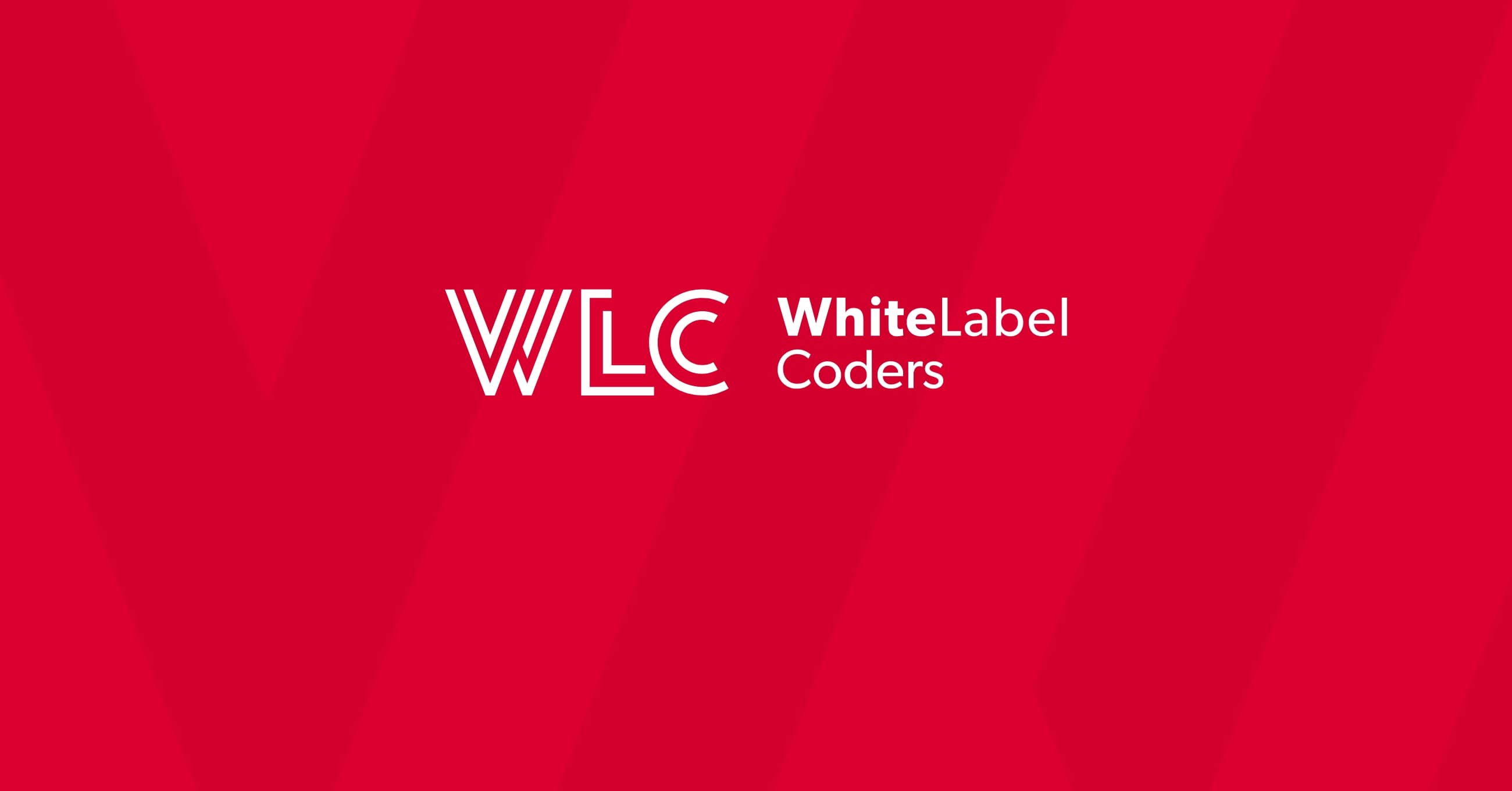Category: SEO AI
Can you code in WordPress?

Yes, you can absolutely code in WordPress! WordPress is built on PHP and offers extensive customisation capabilities through custom themes, plugins, and direct code modifications. Whether you’re creating bespoke functionality, developing custom themes from scratch, or integrating third-party systems, WordPress provides a flexible foundation for developers to build sophisticated web applications and websites tailored to specific business requirements.
Understanding WordPress coding fundamentals
WordPress operates as a comprehensive coding platform built on a PHP foundation that allows developers to create virtually any type of web solution. At its core, WordPress follows a structured file hierarchy that includes themes, plugins, and core files working together seamlessly.
The WordPress file structure consists of several key directories: wp-content houses your themes and plugins, wp-admin contains the dashboard functionality, and wp-includes holds the core WordPress files. Understanding this structure is crucial for effective development.
What makes WordPress particularly powerful is its hook system, which allows developers to modify functionality without touching core files. This approach ensures your customisations remain intact during WordPress updates, making it an ideal platform for long-term projects.
The platform’s flexibility extends to supporting everything from simple business websites to complex multi-vendor platforms, e-learning systems, and subscription-based services. This versatility stems from WordPress’s modular architecture and extensive API system.
What programming languages do you need to code in WordPress?
PHP serves as the primary programming language for WordPress development, handling server-side logic, database interactions, and core functionality. However, successful WordPress development requires proficiency in several complementary languages.
HTML structures your content and defines the semantic markup of your WordPress pages and posts. It’s essential for creating template files and ensuring proper content organisation within your themes.
CSS controls the visual presentation of your WordPress site, from layout and typography to responsive design elements. Modern WordPress development often incorporates CSS preprocessors like Sass for more efficient styling workflows.
JavaScript enhances user interactivity and creates dynamic front-end experiences. WordPress includes jQuery by default, but modern development increasingly utilises vanilla JavaScript and frameworks like React for more sophisticated interfaces.
MySQL manages your WordPress database, storing content, user information, and configuration settings. Understanding database queries and optimisation techniques proves invaluable for performance-focused development.
How do you create custom WordPress themes from scratch?
Creating custom WordPress themes begins with understanding the template hierarchy, which determines how WordPress selects template files for different content types. This system provides the foundation for building flexible, maintainable themes.
Start by creating essential template files: index.php serves as the fallback template, style.css contains theme information and styles, and functions.php handles theme functionality and feature support.
The functions.php file acts as your theme’s control centre, where you register menus, enqueue scripts and stylesheets, add theme support features, and create custom functions. Proper use of WordPress hooks in this file ensures your theme integrates seamlessly with the platform.
Template parts like header.php, footer.php, and sidebar.php promote code reusability across your theme. Breaking your theme into logical components makes maintenance easier and follows WordPress best practices.
Consider implementing custom post types and fields when your project requires specialised content structures. This approach allows you to create tailored content management experiences that go beyond standard posts and pages.
What is the difference between WordPress plugins and custom code?
Plugins provide modular functionality that can be activated, deactivated, and updated independently of your theme, whilst custom code typically integrates directly into your theme or functions.php file.
Plugins excel when you need portable functionality that should persist regardless of theme changes. They’re ideal for features like contact forms, SEO optimisation, or e-commerce functionality that multiple sites might require.
Custom code works best for site-specific modifications that closely tie to your theme’s design or unique business requirements. This approach offers more control but requires careful maintenance during updates.
Consider plugin development when building reusable functionality or when you need to distribute features across multiple WordPress installations. Custom plugins can integrate with ERP, CRM, and other third-party systems whilst maintaining clean separation from theme code.
The choice often depends on your project scope and maintenance requirements. WordPress customisation can leverage both approaches effectively within the same project.
How do you customize WordPress functionality with hooks and filters?
WordPress hooks provide a powerful system for modifying functionality without editing core files. The hook system includes actions (which execute code at specific points) and filters (which modify data before it’s used or displayed).
Actions allow you to insert custom code at predetermined points in WordPress execution. Common action hooks include wp_head for adding elements to the site header, wp_footer for footer modifications, and init for initialising custom functionality.
Filters modify data as it passes through WordPress. Popular filters include the_content for modifying post content, wp_title for customising page titles, and excerpt_length for controlling excerpt word counts.
Creating custom hooks in your own code allows other developers or plugins to extend your functionality. This practice follows WordPress development standards and creates more flexible, maintainable code.
Understanding hook priorities helps you control execution order when multiple functions target the same hook. Lower priority numbers execute earlier, giving you precise control over when your modifications take effect.
Key takeaways for WordPress coding success
Successful WordPress development requires mastering the platform’s core principles and best practices. Always use WordPress coding standards to ensure your code remains compatible with future updates and integrates well with other developers’ work.
Prioritise security by sanitising user inputs, validating data, and following WordPress security guidelines. Never trust user-submitted data and always use WordPress’s built-in functions for database interactions.
Performance optimisation should be considered throughout development. Efficient database queries, proper caching strategies, and optimised asset loading contribute to better user experiences and search engine rankings.
Keep learning and staying current with WordPress development trends. The platform continuously evolves, introducing new features like the block editor and REST API that open fresh possibilities for innovative solutions.
WordPress custom development offers unlimited potential for creating sophisticated web applications. Whether you’re building multilingual business sites, complex e-commerce platforms, or specialised web applications, mastering these coding fundamentals provides the foundation for bringing any digital vision to life.

